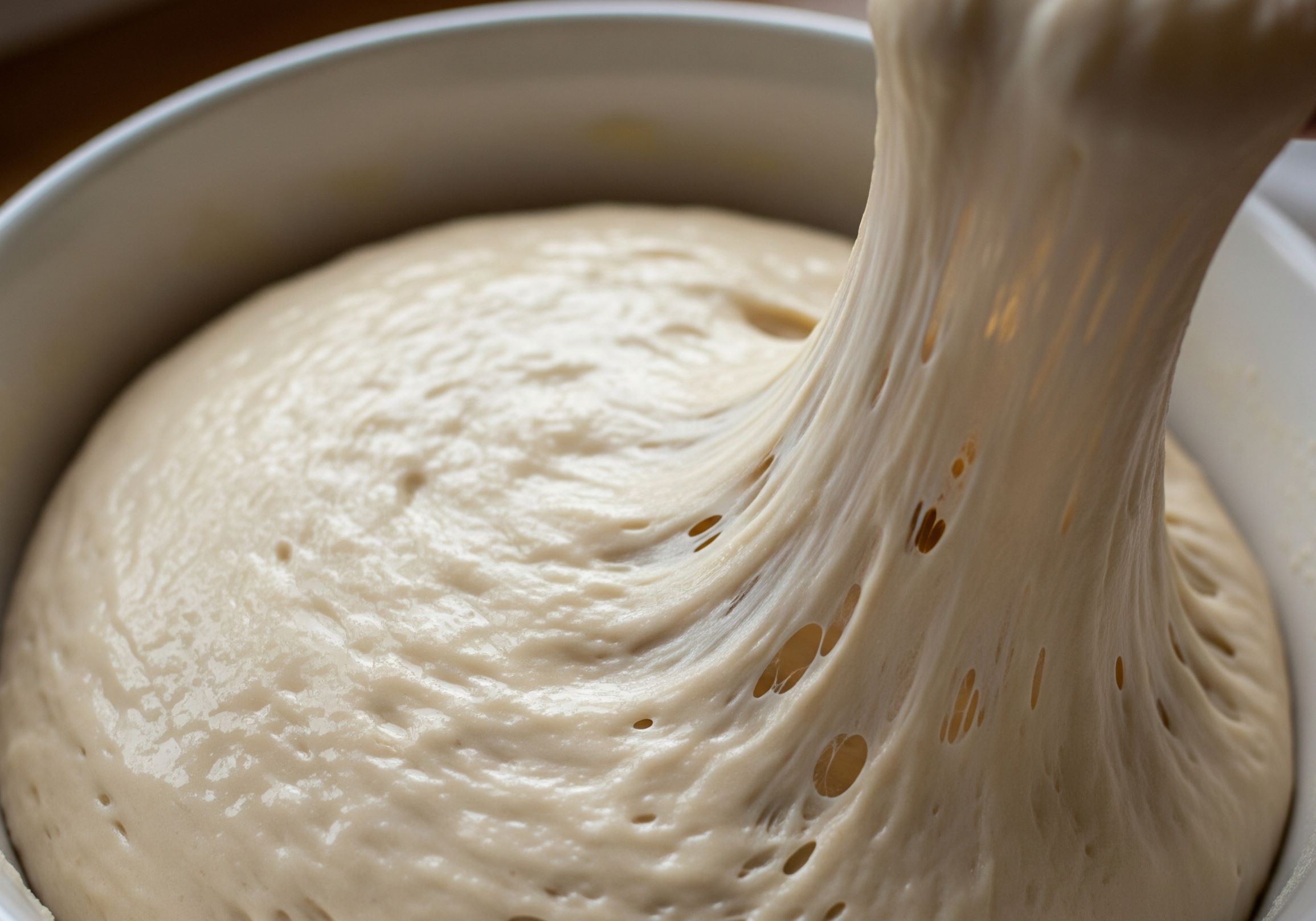The Magic of Autolyse
The simple trick for superior dough with less effort.
In the world of artisan bread, you'll often see the term "autolyse" in recipes. It sounds technical, but it's one of the simplest yet most effective techniques you can incorporate into your baking routine. It involves just one step: mixing your flour and water and letting them rest before adding the leaven and salt. This passive rest period works wonders on your final dough.

What is Autolyse?
Developed by French baking professor Raymond Calvel, autolyse (pronounced "auto-lease") is the process of hydrating flour before any kneading or mixing begins. The flour fully absorbs the water, which "kick-starts" gluten development and enzymatic activity without any physical effort from you.
How to Do It:
- In your mixing bowl, combine just the flour and water from your recipe.
- Mix until no dry flour remains. The dough will look shaggy.
- Cover the bowl and let it rest for anywhere from 20 minutes to an hour (or even longer for some formulas).
- After the rest, add your salt and leaven (starter or yeast) and proceed with mixing as usual.
The Benefits of an Autolyse
1. Easier Mixing and Less Kneading
When you return to your dough after the autolyse, you'll find it's remarkably transformed. It will be smoother and more elastic. The gluten has started to develop passively, meaning you'll need less time and effort during the final mix to achieve a strong gluten network.
2. Improved Extensibility
The rest period allows the gluten to relax, making the dough more extensible (stretchy). This makes shaping easier and helps the loaf expand to its full potential in the oven, leading to better oven spring and a more open crumb.
3. Enhanced Flavor and Aroma
During the autolyse, enzymes in the flour (protease and amylase) begin to break down starches and proteins. This process releases simple sugars, which not only provides more readily available food for the yeast but also contributes to a richer flavor and a beautifully colored crust.
A Note on Salt and Leaven
A "true" autolyse is just flour and water. Salt tightens gluten, which can hinder the full hydration process. The acidic nature of a sourdough starter can also begin to affect the dough structure prematurely. By adding them after the rest, you give the flour the best possible head start.
Incorporate It Into Your Next Bake
Try adding a 30-minute autolyse to your next recipe. You'll be amazed at the difference this simple, hands-off step can make to your dough and your final loaf.
Try Our Classic Sourdough Recipe